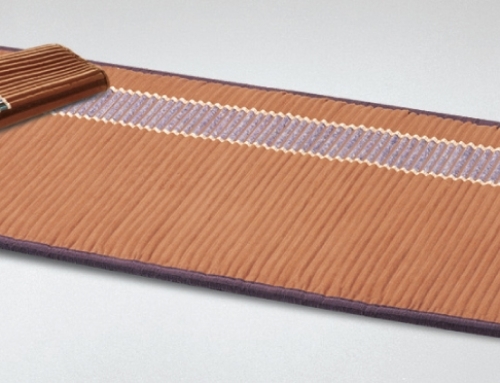This blog post has more on the BioMat versus imitations and is a continuation from last week’s blog.
BioMats are the best and are used by the best! While thousands of health and wellness professionals use the BioMat in their practices, why wouldn’t they?! Concerned about health, the point is to use the product designed with your health in mind! To name a few of these professionals from around the world – medical doctors, integrative practitioners, physical therapists, yoga teachers, holistic practitioners, massage therapists, naturopaths, Healing Touch/Reiki energy healers, acupuncturists, etc.
We suggest if you are a health and wellness professional, do not use imitation heating pads in your practice. Further, customers have found these pads are not of consistent quality, not holding up over time and usage.
Let’s compare production between the original BioMat and knock-offs: the BioMat is produced in Korea with very strict quality control and environmental standards. (It is actually a medical supply facility which adds even stricter stipulations and standards.) Richway International is responsible for research and development, design and manufacturing. Rigorous product inspections help make sure the BioMat exceeds safety standards.
In contrast, the bio-mat knock-offs do not do research and development or any design of the final product; they just cheaply copy the BioMat and market it as the same as the BioMat. This is fraudulent.
Many customers and professionals are concerned about the top layers where your skin touches the BioMat. This is why Richway International constructs the top layers using thick natural cotton fibers and high-quality polyurethane (for the “windows” showing the crystals). This outer surface is durable, and withstands wear and tear. You can also be assured these breathable fibers allow far infrared heat to easily move through the fabric and penetrate the body.
The top surface of the imitations are made of various materials and may contain synthetic fabrics. Another thing to be aware of is glues used that may off-gas toxic fumes and/or smells.
And there’s still more to share about this important topic … stay tuned for next week’s blog!





